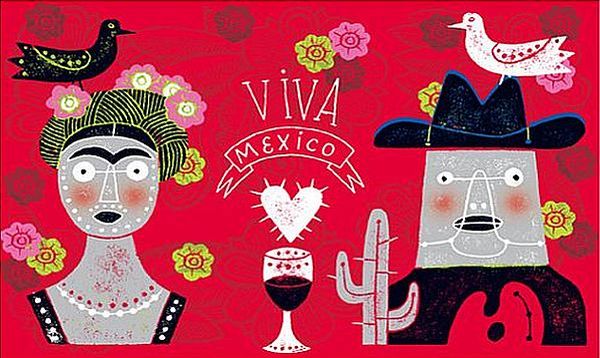What are the world’s most unlikely wine-producing countries? India, Russia, China? It may surprise you to learn that China has one of the world’s largest wine industries, with over 1.2 million acres now planted with vines.
I have touched down in some unusually located vineyards — Brazil springs to mind — so I wasn’t surprised to hear that Mexico has a fast-growing wine industry. What did surprise me, though, was just how old it is. By common consensus, it seems vines were first planted there in the 1530s by Spanish settlers. One estate can trace its lineage back to 1597. Even by European standards, where there are centuries-old châteaux, 450 years is a long time to be in the wine game.
Many people reading this will never have come across Mexican wine. After all, this is a country known more for its gassy lager and tequila than its grapes. But that’s slowly changing, and wines from regions like the Valle de Guadalupe on the Baja California peninsula, a few hours drive south of San Diego, have found their way onto various restaurant wine lists and specialist shops. But not many. Few are exported to Europe and tracking those down is no easy task.
 |
Mexico’s wine industry is centered around the Valle de Guadalupe, although there are other areas that grow grapes — namely Zacatecas and the Valle de Parras, where internationally recognized varieties such as Cabernet Sauvignon, Tempranillo, Zinfandel, and Chardonnay have been planted.
The oldest winery is Casa Madero, which is situated high up in the Valle de Parras. John Worontschak, a UK-based Australian winemaker who has been a consultant to the vineyard since the mid-1990s, says the area’s landscape is akin to a moonscape until you get as high as Casa Madero, where irrigation from the mountain water has created an "oasis of green vineyards."
The estate produces a Chardonnay-Chenin Blanc blend and a Cabernet-Merlot-Tempranillo blend. Both were fairly ripe in character, easy to drink, and well-balanced. Tasted blind, they would be hard to place, although both wines did possess a saline aftertaste, which I had heard was a characteristic — and sometime problem — of these wines.
Rather like South Africa, which can also boast a long winemaking tradition, it’s tricky to work out where Mexican wines sit. Are they New World or Old World? It used to be relatively straightforward to classify. Though wine was first made in the area south of the Black Sea, it was the Europeans who commercialized, cultivated, and then exported it across the world to the so-called New World countries such as Australia, South America, and California. Perhaps we need a new category for those age-old wine-producing countries forging new paths.
Original Story


